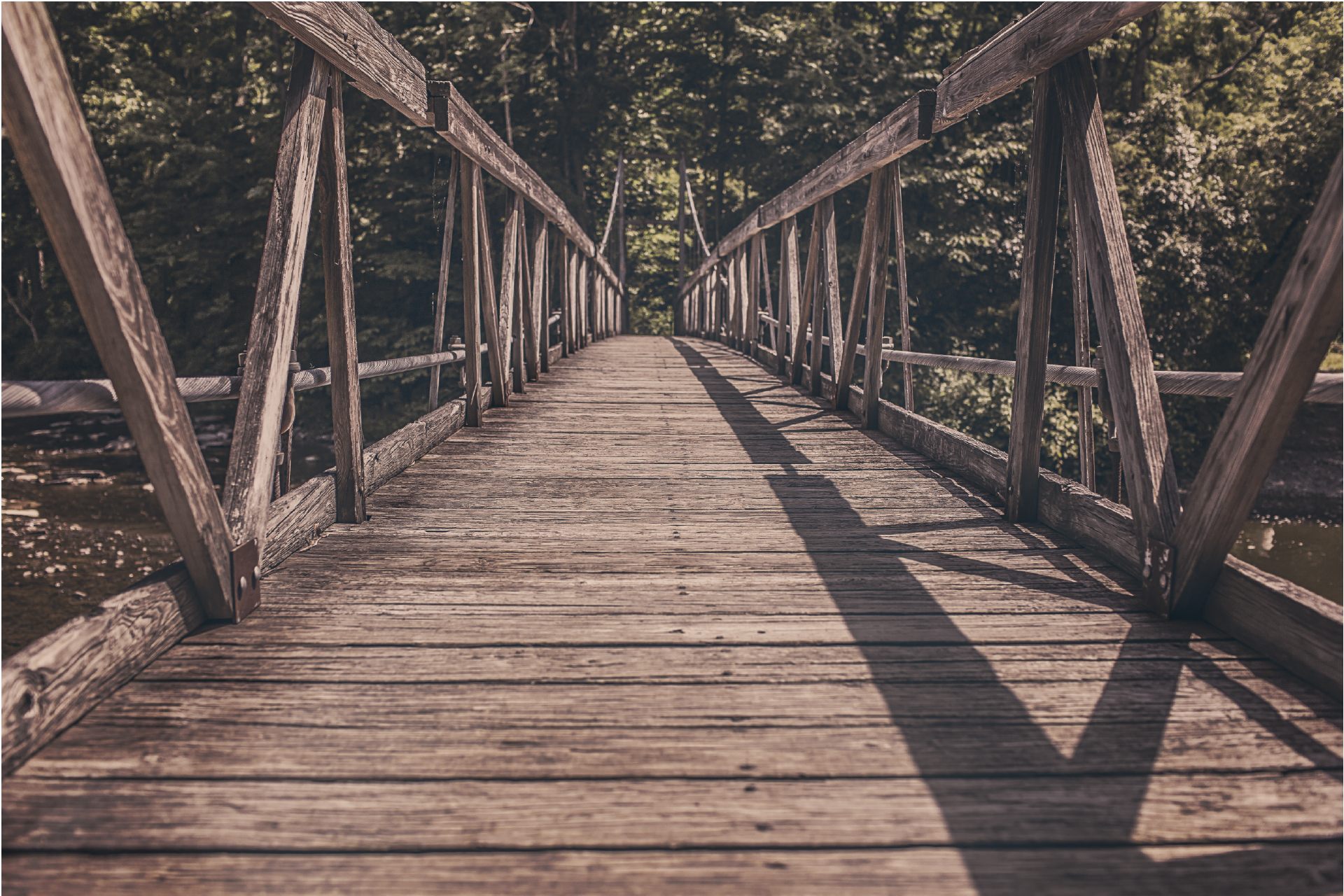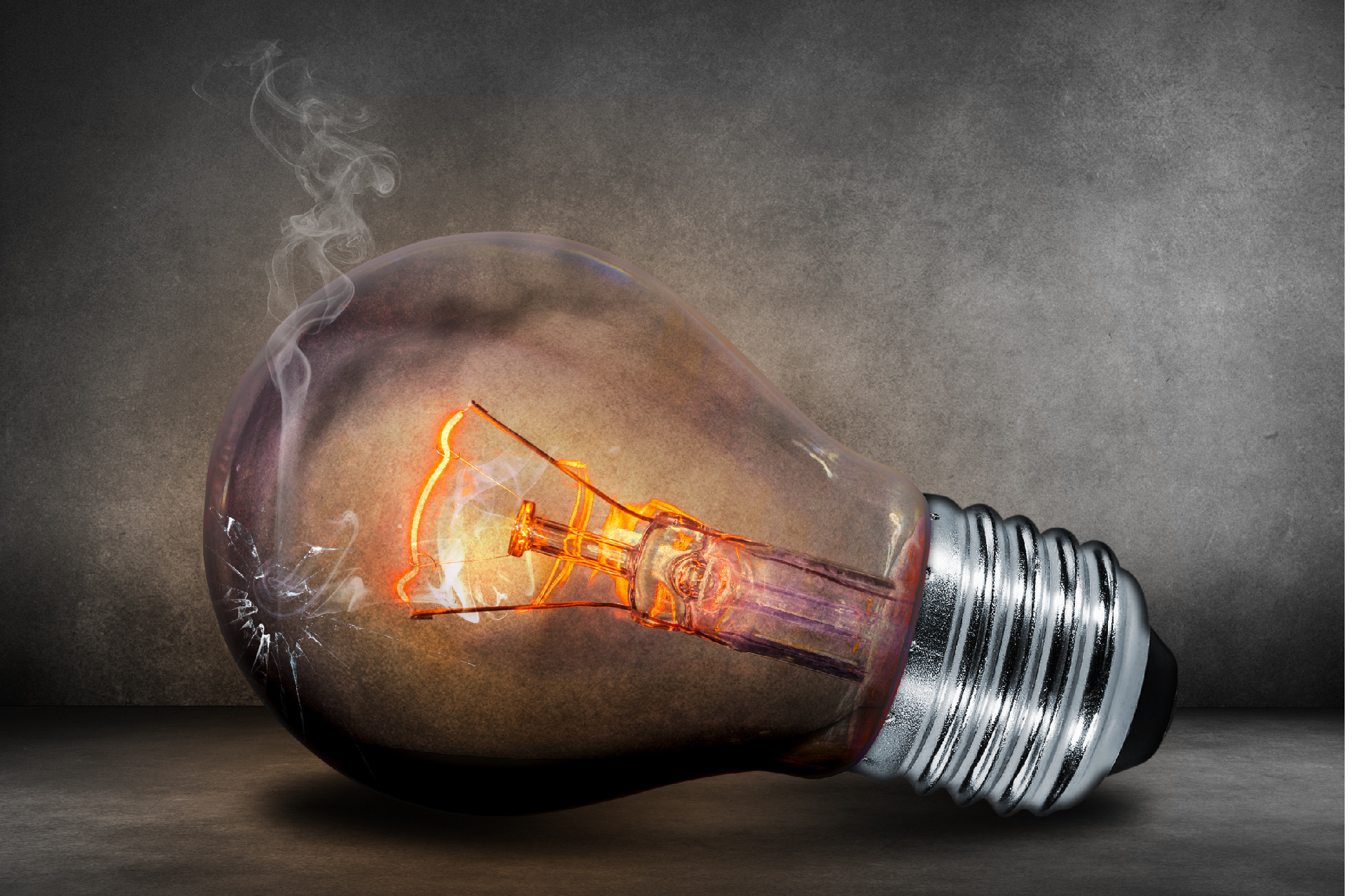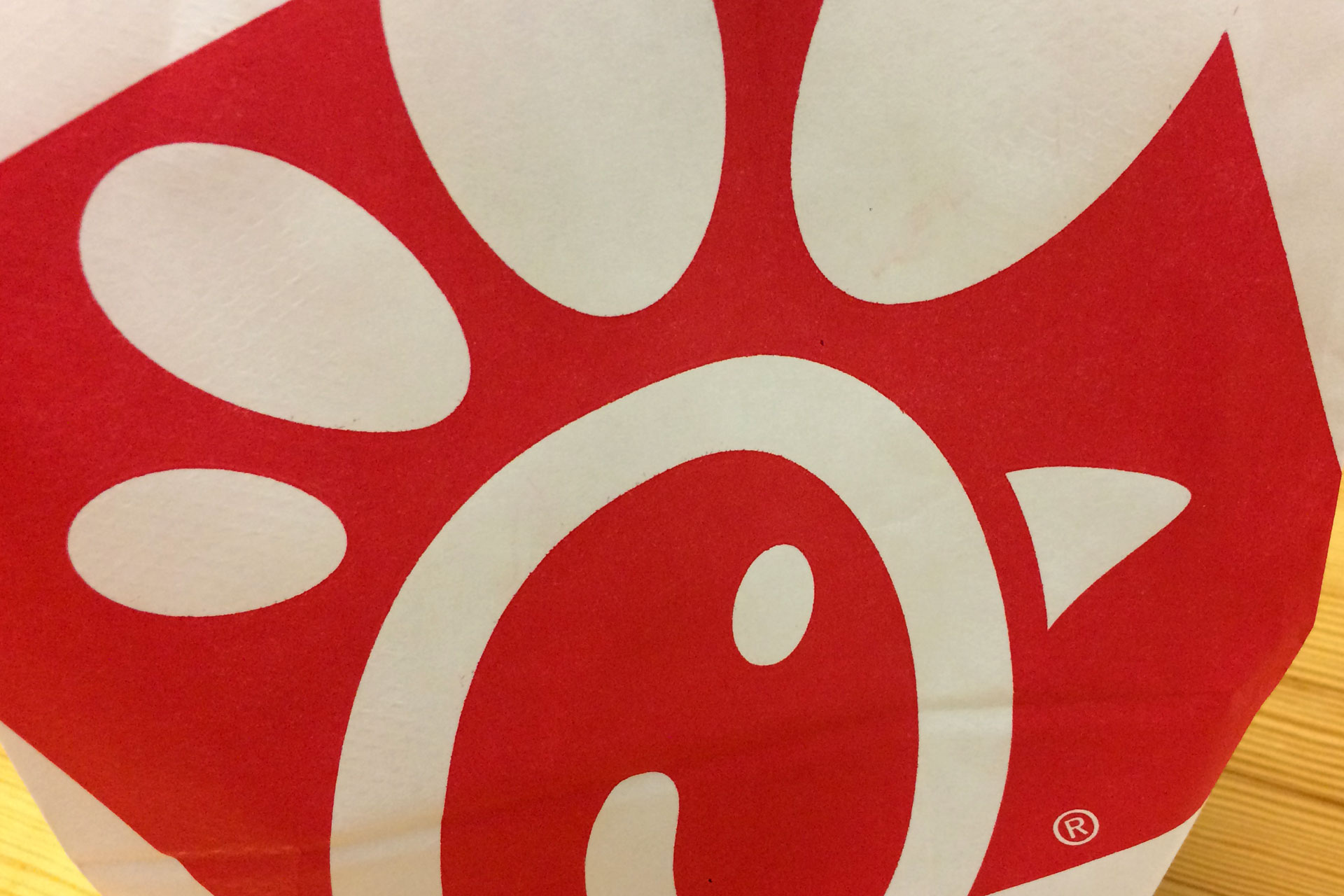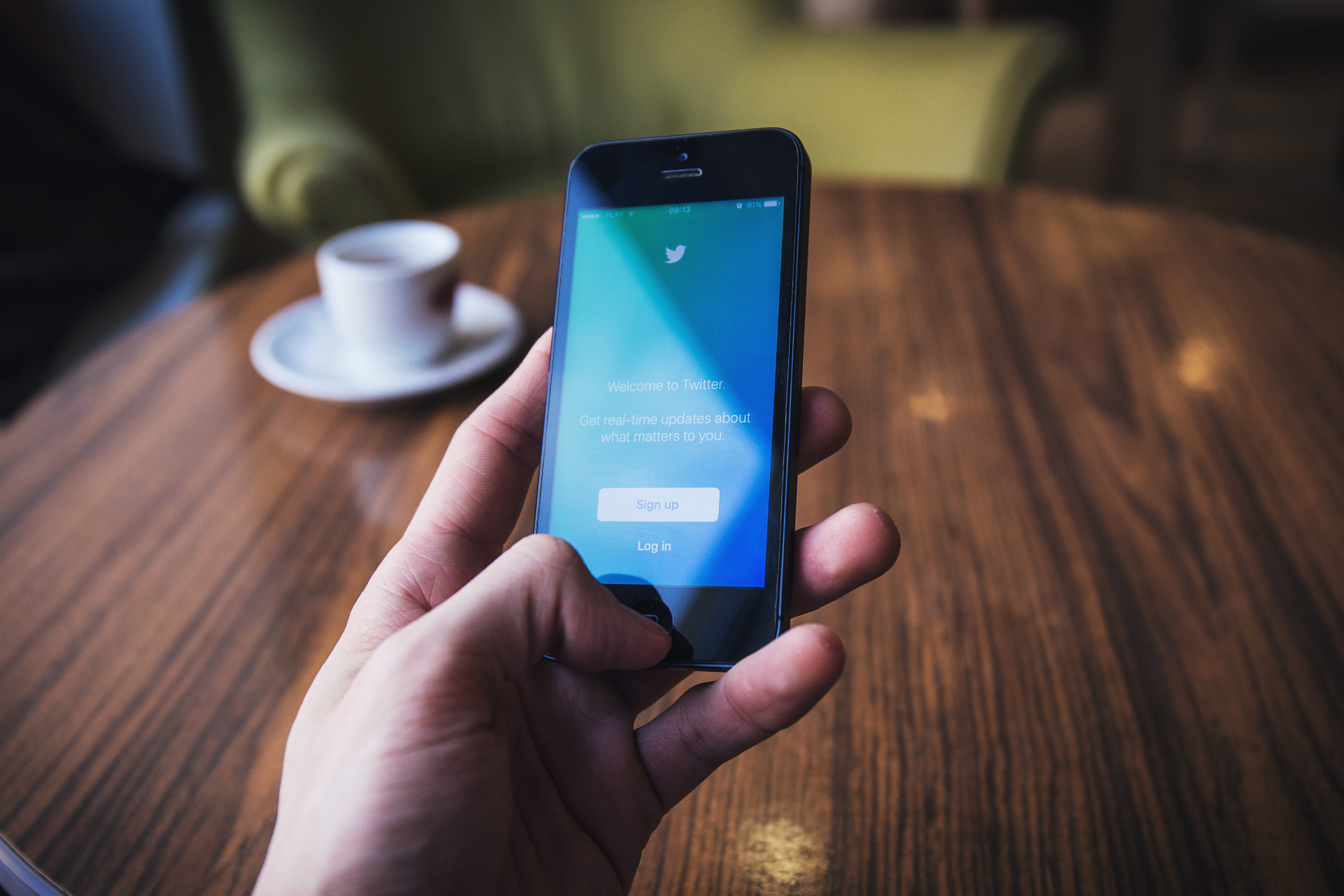Voting: The (Non) United User Experience
7 min read
Every four years (two if you’re a diehard democracy fan), Americans come together to have what should be a joint experience as citizens of this country. Yet only 58% of Americans voted in the 2012 election. There are probably many reasons for this. Lack of time and motivation probably play a role, true…
But as a user experience designer, I think the biggest detriment to voter turnout is frustration with the process (and, more importantly, the experience) as a whole.
You’re telling me that every state is different??
Part of what makes the United States government successful is state autonomy, where states can determine their own laws and policies on certain issues—as long as those laws and policies don’t contradict the ones put out by the federal government. There are some instances where this can complicate things, though. For example, apply this to voting procedures for a national election. When each state establishes its own laws and policies, the process of voting is different in every single state. Question: Does it make sense to have different procedures for something the whole nation is doing? Answer: No, it does not.
We gathered responses from around the Visual Logic office after our team voted. While our experiences are going to be different than yours (especially if you’re reading this from New York or Colorado or Alabama), even in the same state, there seemed to be a good number of differences between Iowans’ voting experiences.
Almost every state has some way for voters to get to the ballot box early. Here in Iowa, we have a combination of mail-in absentee ballots and in-person satellite polling places. Most of the VLG office utilized one of these methods.
From Around the Visual Logic Office:
Mail-In Voters:
“I mailed in my absentee ballot last week, but I really struggled with the instructions. There were so many of the sections for county-level positions that say something along the lines of ‘select no more than 3’ but then there are only 3 options. It felt like they didn’t proofread some of this. Then, you have to put the final ballot in two separate envelopes, and sign here NOT THERE. I know that they’re trying to cover all of their bases for every situation, but what if I didn’t do it right?”
This is a real concern. How many ballots per year are thrown out because the instructions aren’t clear? In 2012, the U.S. Election Assistance Commission found that more than a quarter of a million absentee ballots were rejected, with a third of those being due to errors in filling out the ballot. If ballots had clearer instructions and were simpler to fill out, we could reduce the number of wasted votes.
In-Person Voters:
“I knew I wanted to vote straight party for federal and state positions. When it came down to the county- and city-level positions that don’t have an associated party, then, I simply didn’t feel comfortable voting for anyone. But I couldn’t figure out how to skip to the end of my electronic ballot. At each step, it would tell me that I didn’t make a selection, and I had to confirm it twice past that. What should have taken me five steps took me twenty.”
If turning out voters for presidential elections is an uphill climb, for local elections it’s Sisyphean. It’s easy to see why the state would want to force the voter through these less prominent parts of the ballot—so that those parts don’t get overlooked. However, making the process needlessly frustrating is not going to encourage voters to turn out every 2–4 years to do this whole process over again, especially when voters aren’t showing up in the first place.
“Trying to figure out what to sign, which line to get into, and who to talk to were more difficult than actually filling out the ballot. Once I finally figured out how to get my ballot, they handed me what looked like a Scantron form and a marker and sent me to go fill out my ballot.”
This seems to be a feature of the American voting system, that just a week (and about 10 miles) apart, the experiences of in-person voters were so different. If the voting process were simpler, voter turnout could be much higher.
If the voting process were simpler, voter turnout could be much higher.
It’s 2016. Isn’t it time there be one unified voting experience?
Here’s the part where I propose something crazy (Although, as user experience designers, isn’t that our job?). What if there was one template for ballots (both electronic and paper) that was standardized on the federal level? What if the rules for voting for national issues were the same nationwide? One set of rules that could be applied once, one framework could be repeated across the board.
Los Angeles recently hired design firm IDEO to redesign the electronic ballots. Their solution includes a sample ballot (that looks exactly like the real thing) so that you can “practice” voting on your phone. Once you’re at your polling place (or any polling location convenient for your day), you can simply scan your sample ballot using a QR code. It pulls in not only the correct ballot for your geographical location, but also all the choices that you’ve pre-selected. Though this is not in production in time for the end of the world as we know it, November 8th (today, yikes), it seems like a step in the right direction, a template that other counties should follow in order to craft the best experience for voters.
With many UX designers arguing that online ballots are the voting method of the future, it’s only a matter of time before paper ballots disappear. However, we have to get past the hurdles of a) security and anonymity and b) access for all, even those without an internet connection, in order for online voting to become a viable option. The IDEO solution combines the idea of online “voting” and an electronic ballot to bridge the gap between the two.
Still, the voting process goes beyond just the ballot or software experience. The process begins well before November—registering to vote, participating in caucuses and primaries, and finding your final polling location are all important aspects of the voting experience. Even on election day, elements such as the flow of traffic both in the streets and inside the building can have a huge impact on a voter’s experience.
Here are a few other thoughts:
- Absentee and early voting is becoming increasingly popular, and it’s easy to see why: it’s more convenient for voters, because they can vote when it works for their schedule. Perhaps the experience is shifting from “voting day” to “voting deadline”.
- With the entire country as a user pool, we seem to be set up perfectly to do some A/B testing. With those results, implementing the UX feedback loop (research, design, test, re-design, re-test, and so on) would be simple. It wouldn’t take more than 3 or 4 elections before we could come up with something useful, usable, and desirable for all users.
- All politics aside, the ultimate goal of creating a desirable voting experience should be to increase voter turnout. After all, no one wants to do something that is such a hassle, even if it is important.
Many less-important experiences have been well crafted. Why neglect something so important to the future of our country? I don’t pretend to have the best solution here. Maybe the best solution hasn’t even been thought of yet. But the fact of the matter is that the entire voting experience needs to be revisited, from registering to vote to finding out the winners of the election.
Have you voted already? What was your experience like? What parts do you think need to be updated for the digital age?






